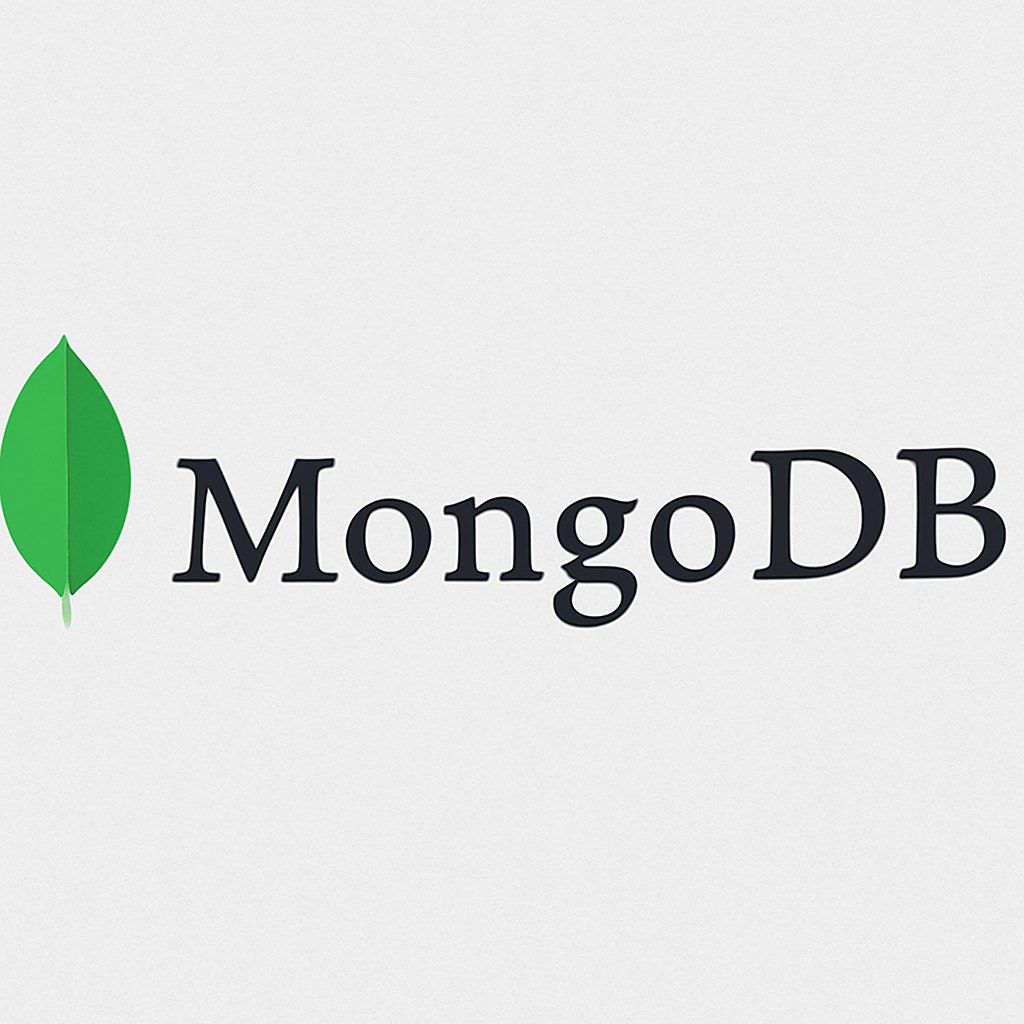
Implementing Schema Validation in Laravel Migrations with MongoDB
When working with Laravel and MongoDB, managing database schemas can be a unique challenge due to MongoDB’s flexible, schema-less nature. However, Laravel’s migration system combined with MongoDB’s schema validation capabilities allows developers to enforce data structures effectively. In this article, we’ll explore how to implement schema validation in Laravel migrations when using MongoDB.
Why Schema Validation in MongoDB?
MongoDB is known for its flexibility, allowing documents within a collection to have varying structures. While this can be advantageous, it may lead to inconsistent data if not managed properly. Schema validation helps enforce rules on the structure of documents, ensuring data integrity and consistency.
Benefits of schema validation include:
- Data Integrity: Ensures that all documents adhere to a defined structure.
- Error Prevention: Catches invalid data at the database level before it causes issues in the application.
- Documentation: Serves as a form of documentation for the expected data structure.
Setting Up Laravel with MongoDB
Before implementing schema validation, ensure your Laravel project is set up to work with MongoDB.
1. Install Laravel and MongoDB Package
composer create-project laravel/laravel laravel-mongodb
cd laravel-mongodb
composer require mongodb/laravel-mongodb2. Configure Database Connection
In your .env file, set the following:
DB_CONNECTION=mongodb
MONGODB_URI=mongodb://localhost:27017
MONGODB_DATABASE=your_database_nameIn config/database.php, add the MongoDB connection:
'mongodb' => [
'driver' => 'mongodb',
'dsn' => env('MONGODB_URI'),
'database' => env('MONGODB_DATABASE'),
],Creating Migrations with Schema Validation
With the setup complete, you can now create migrations that include schema validation.
1. Generate Migration
php artisan make:migration create_users_collection2. Define Schema with Validation
In the generated migration file, use the jsonSchema method to define validation rules:
use Illuminate\Database\Migrations\Migration;
use MongoDB\Laravel\Schema\Blueprint;
use Illuminate\Support\Facades\Schema;
return new class extends Migration
{
protected $connection = 'mongodb';
public function up(): void
{
Schema::create('users', function (Blueprint $collection) {
$collection->jsonSchema([
'bsonType' => 'object',
'required' => ['name', 'email', 'password'],
'properties' => [
'name' => [
'bsonType' => 'string',
'description' => 'Name is required and must be a string',
],
'email' => [
'bsonType' => 'string',
'pattern' => '^.+@.+\..+$',
'description' => 'Email is required and must be a valid email address',
],
'password' => [
'bsonType' => 'string',
'minLength' => 8,
'description' => 'Password is required and must be at least 8 characters long',
],
'created_at' => [
'bsonType' => 'date',
],
'updated_at' => [
'bsonType' => 'date',
],
],
]);
});
}
public function down(): void
{
Schema::drop('users');
}
};This schema enforces that each document in the users collection must have name, email, and password fields with specified types and constraints.
Running Migrations
Execute the migration using Artisan:
php artisan migrateThis will create the users collection with the defined schema validation rules.
Updating Schema Validation
If you need to update the schema validation rules, you can use the jsonSchema method within the Schema::table function:
Schema::table('users', function (Blueprint $collection) {
$collection->jsonSchema([
// Updated schema rules
]);
});Remember to create a new migration file for schema updates to maintain version control.
Best Practices
- Use Schema Validation: Even though MongoDB is schema-less, using schema validation helps maintain data consistency.
- Version Control: Always use migrations for schema changes to keep track of modifications.
- Validation Levels: MongoDB allows setting validation levels (
strictormoderate) and actions (errororwarn). Choose the appropriate level based on your application’s needs.
Conclusion
Implementing schema validation in Laravel migrations when using MongoDB bridges the gap between flexibility and structure. It ensures that your application data remains consistent and reliable, leveraging the strengths of both Laravel’s migration system and MongoDB’s schema validation features.
By following the steps outlined above, you can effectively manage your MongoDB collections within a Laravel application, maintaining data integrity and facilitating easier maintenance and scalability.
Pro Tip: Regularly review and update your schema validation rules as your application evolves to accommodate new requirements while preserving data integrity.
